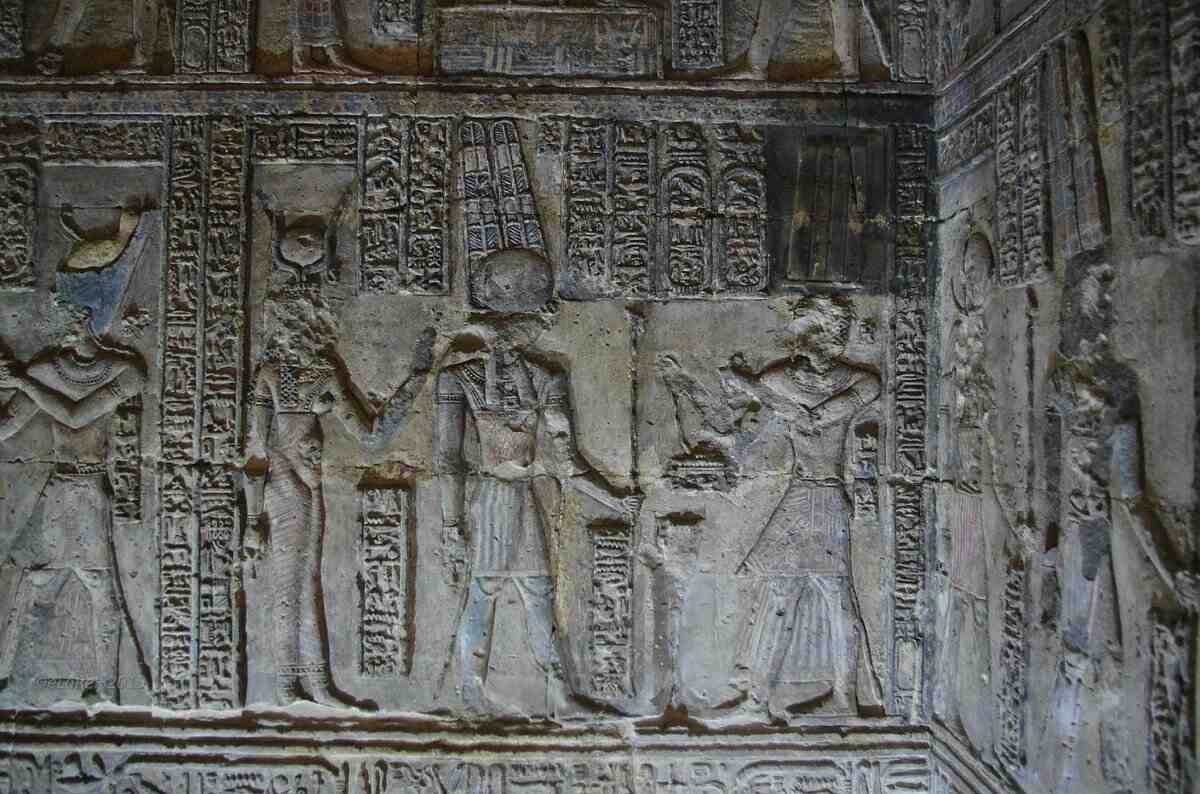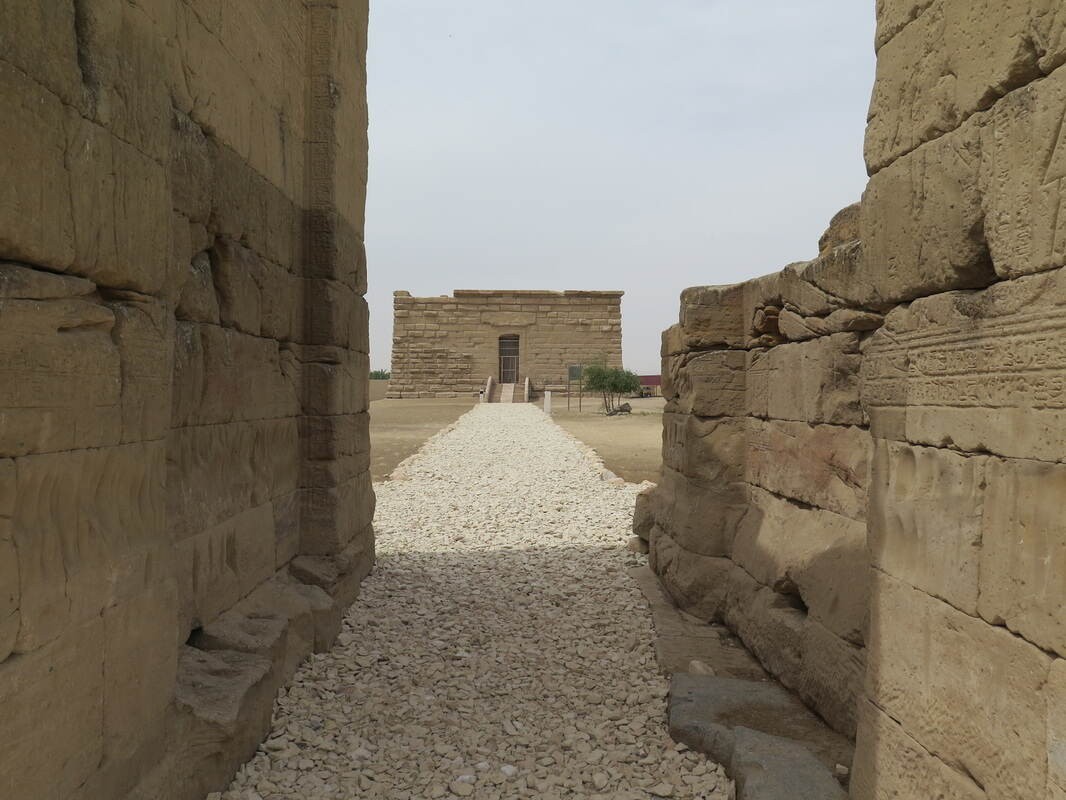Deir El-Shelwit
Introduction About Deir El-Shelwit:
Deir El-Shelwit is perhaps of the most un-known old Egyptian temple that actually exist today. Located in the Western Desert of Egypt, it traces all the way back to the 26th dynasty, which governed Egypt between 664 BC and 525 BC. Regardless of its generally little size, the sanctuary has a few momentous elements, including lovely wall works of art and hieroglyphics. In this blog entry, we will investigate the set of experiences, design, and meaning of Deir El-Shelwit.
History:
The historical backdrop of Deir El-Shelwit is firmly connected to that of the 26th dynasty. This was a time of disturbance in old Egypt, set apart by the downfall of the pharaonic state and the ascent of unfamiliar powers. During this time, Egypt was governed by a progression of pharaohs who attempted to keep up with command over their realm.
It was during this period that the sanctuary was built. While the specific date of its development isn't known, it is accepted to have been worked during the reign of Psamtik III, the last pharaoh of the 26th tradition. This depends on an engraving found on a sculpture that was found in the sanctuary's yard.

Architecture:
Deir El-Shelwit is generally little contrasted with other old Egyptian sanctuaries. It estimates around 18 meters in length and 10 meters wide. The sanctuary is partitioned into three areas: the entry corridor, the fundamental lobby, and the asylum. The entry corridor is set apart by two huge segments, each finished with complex carvings of lotus blossoms and hieroglyphics. The primary corridor is comparatively embellished with carvings and works of art of different divine beings and pharaohs. The safe-haven, situated at the back of the sanctuary, contains a little place of worship that once housed a sculpture of the sanctuary's benefactor god.
The Temple 's architecture and enrichment give significant bits of knowledge into the strict convictions of the 26th administration. The carvings and artistic creations found all through the sanctuary portray different divine beings and goddesses, including Osiris, Isis, and Horus. These divinities were loved by the old Egyptians for their power and capacity to safeguard their admirers.

Importance:
Regardless of its little size, Deir El-Shelwit is an important remnant of old Egyptian history. It gives significant experiences into the strict convictions and creative accomplishments of the 26th administration. The sanctuary's carvings and canvases offer a brief look into the otherworldly universe of the old Egyptians and the divine beings they loved.
Today, Deir El-Shelwit is moderately obscure to the world. It is situated in a distant region of the Western Desert and is seldom visited by vacationers. In any case, endeavors are in progress to advance the temple as a vacationer location and to save its verifiable and social importance.
End:
Deir El-Shelwit is a momentous illustration of ancient Egyptian architecture and craftsmanship. Regardless of its little size, it offers important bits of knowledge into the strict convictions and creative accomplishments of the 26th tradition. As endeavors to advance the sanctuary proceed, almost certainly, more individuals will come to see the value in its verifiable and social importance.